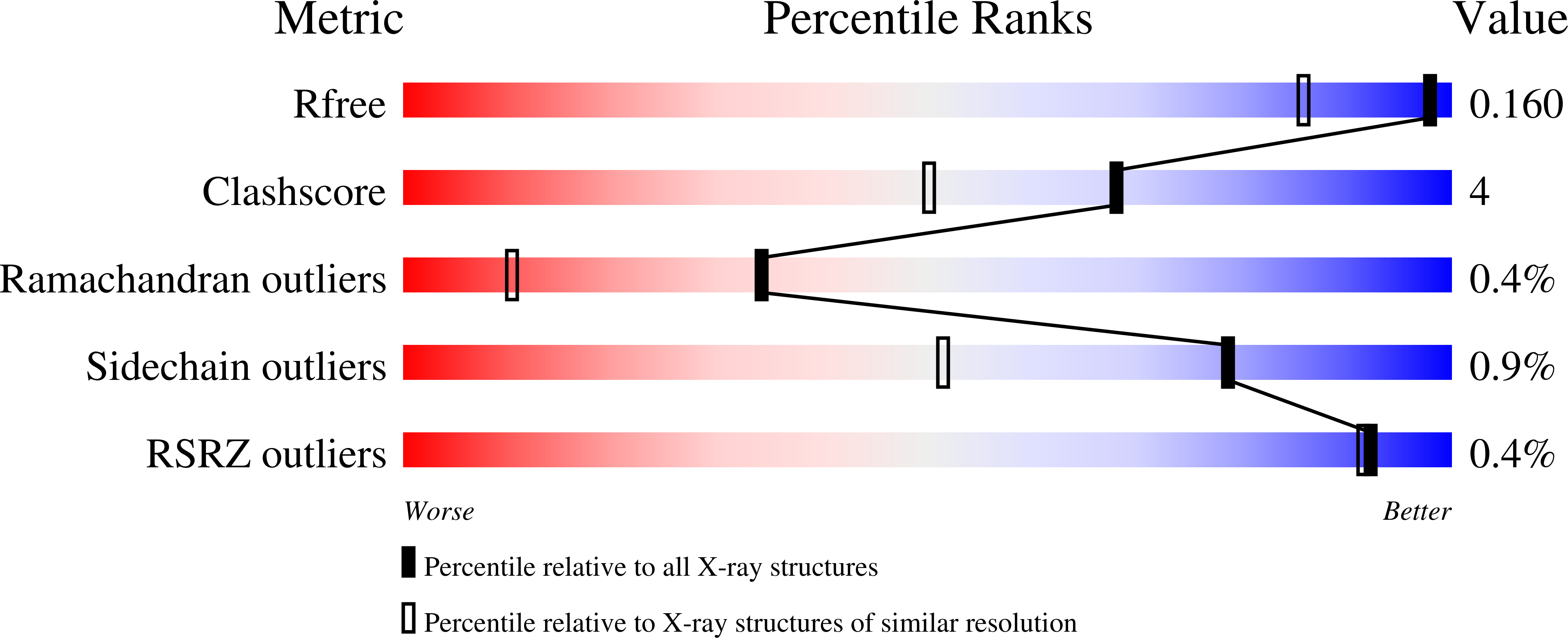
Deposition Date
2023-03-20
Release Date
2024-03-27
Last Version Date
2025-10-08
Entry Detail
PDB ID:
8OGF
Keywords:
Title:
Human Carbonic Anhydrase II in complex with 4-(((1-(3-((3aR,7R,7aS)-7-hydroxy-2,2-dimethyltetrahydro-[1,3]dioxolo[4,5-c]pyridin-5(4H)-yl)propyl)-1H-1,2,3-triazol-4-yl)methyl)amino)benzenesulfonamide
Biological Source:
Source Organism:
Homo sapiens (Taxon ID: 9606)
Host Organism:
Method Details:
Experimental Method:
Resolution:
1.32 Å
R-Value Free:
0.15
R-Value Work:
0.11
Space Group:
P 1 21 1


